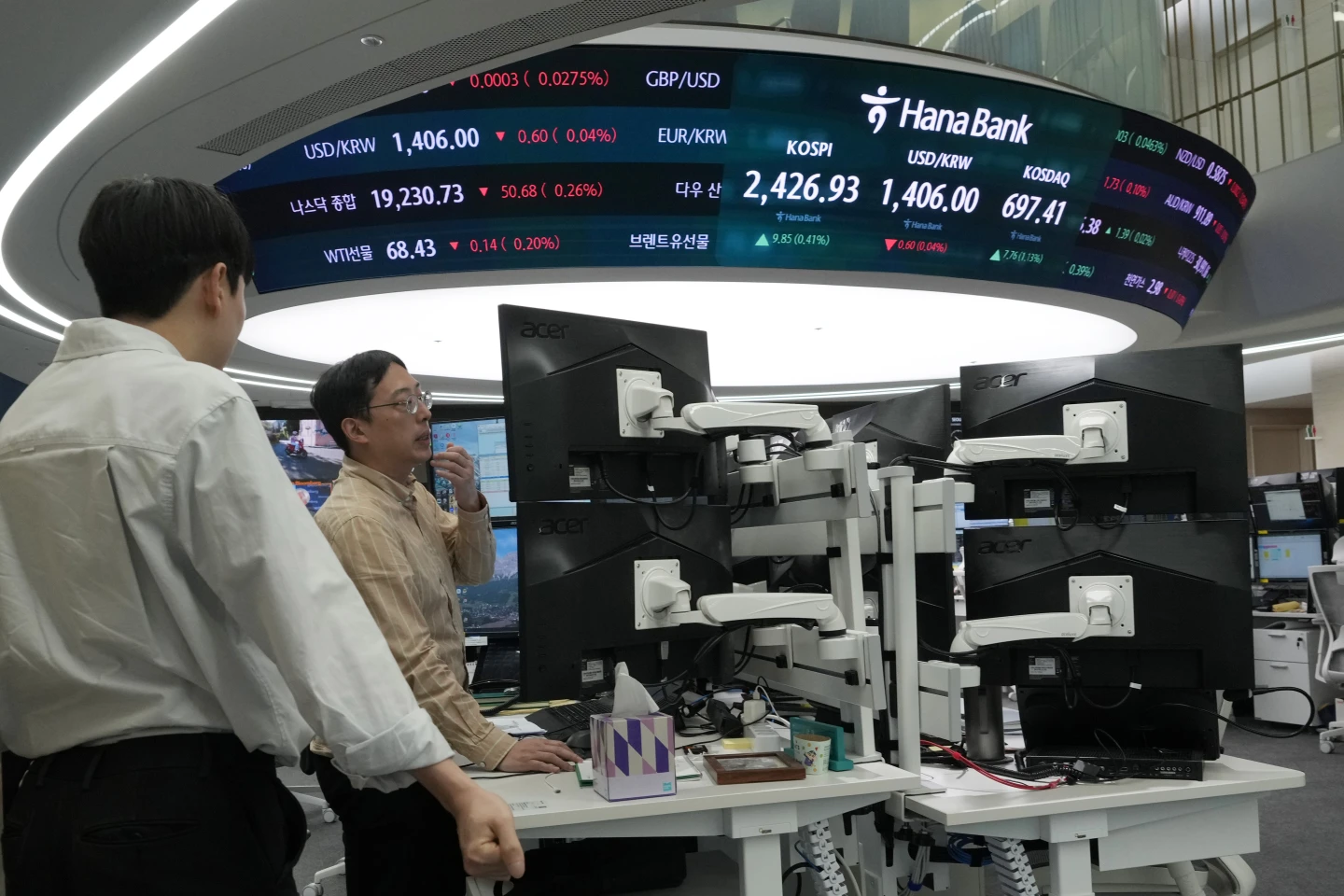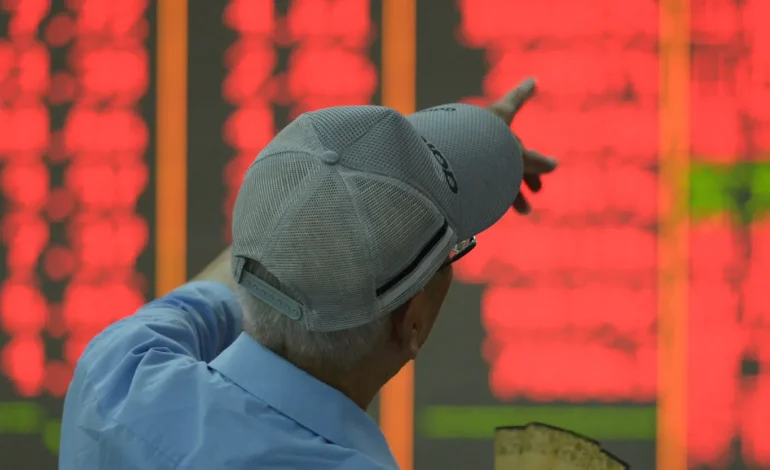China’s recent stock market rally has raised concerns of a repeat of the 2015 market bubble, but key differences suggest the situation may be more stable this time.
From 2014 to 2015, Chinese stocks doubled in value over six months, driven by high levels of borrowing. In contrast, the current rally has seen slower growth and lower leverage, with analysts suggesting the market is not in the “danger zone” yet.
Mainland China’s stock indexes surged over 8% on a recent Monday, with trading volume on the Shanghai and Shenzhen stock exchanges reaching record highs. However, the current market performance still lags behind the dramatic gains seen in 2015. Back then, loose regulations allowed extensive use of borrowed funds to buy stocks, contributing to the bubble. Today, leverage is significantly lower, and stricter regulatory controls are in place.
In 2015, the Shanghai Composite Index reached an all-time high of over 5,100 points before crashing. This year, the index is far from that peak, closing at 3,336.5 just before China’s week-long holiday. Despite the market’s recent strength, foreign investment in Chinese stocks is at a multi-year low, and the Chinese yuan is stronger against the US dollar, adding complexity to the current market dynamics.
Government policy has played a critical role in fueling the recent market gains. China’s government has implemented a series of economic support measures, including interest rate cuts and mortgage relief. These moves are aimed at stabilizing the real estate market and encouraging institutional investment in stocks. While these policies have triggered a rally, analysts warn that without a boost in corporate earnings, the market gains may be short-lived.
Unlike 2015, when Beijing was criticized for mixed messaging on financial policy, the current response has been more coordinated and robust. However, China’s economic growth faces more challenges now than it did a decade ago. Sluggish retail sales, slow manufacturing output, and concerns over local government finances have tempered optimism. To maintain momentum, many experts argue that China will need to introduce more decisive measures to support growth, particularly at the local government level.
In the meantime, some analysts caution that the current rally might be driven by “animal spirits,” with investors hoping for continued stimulus. While the market could see further gains in the coming months, there are risks associated with the rapid pace of investment, especially if corporate earnings do not improve or if government support falls short of expectations.
With input from CNBC and the Associated Press.









